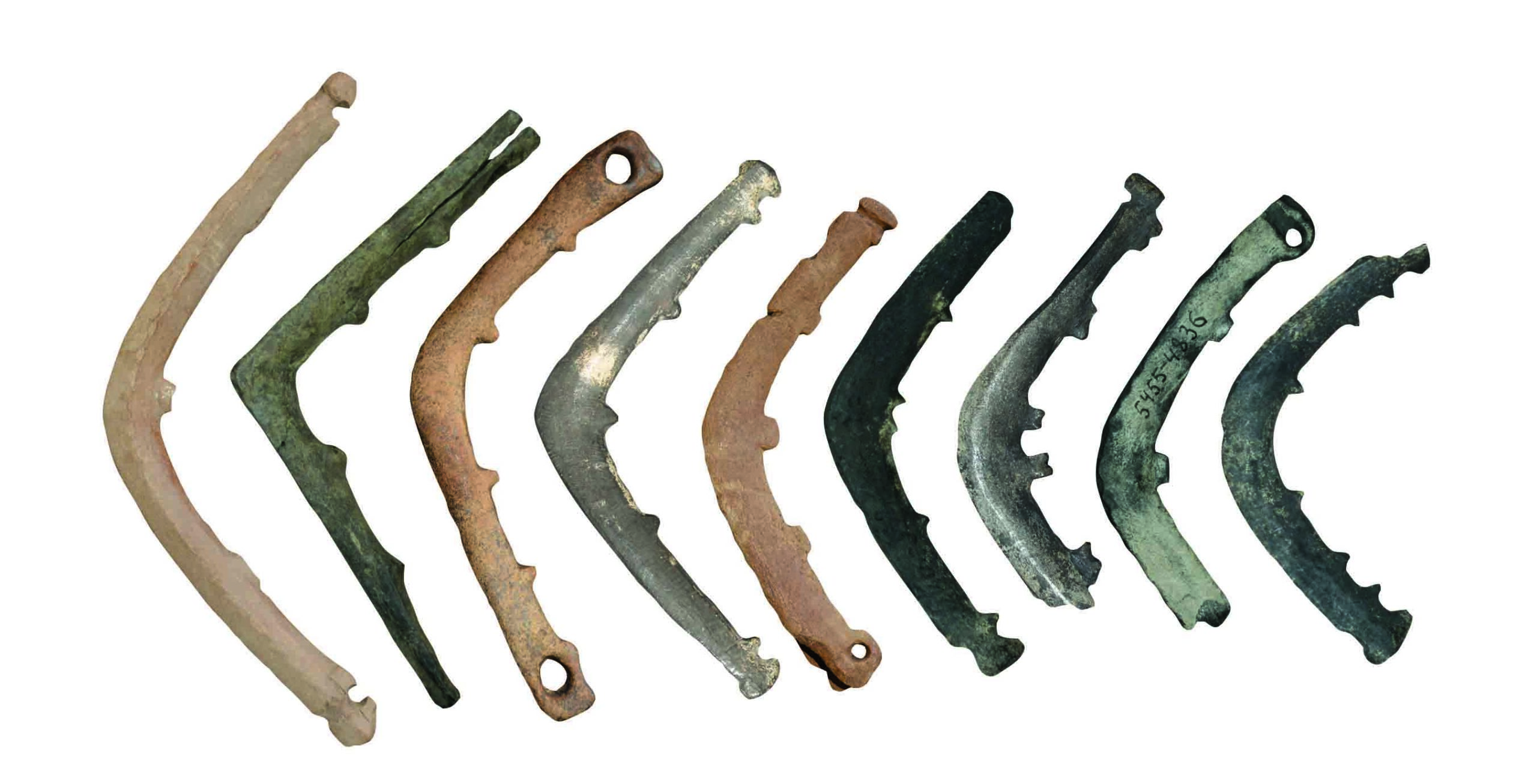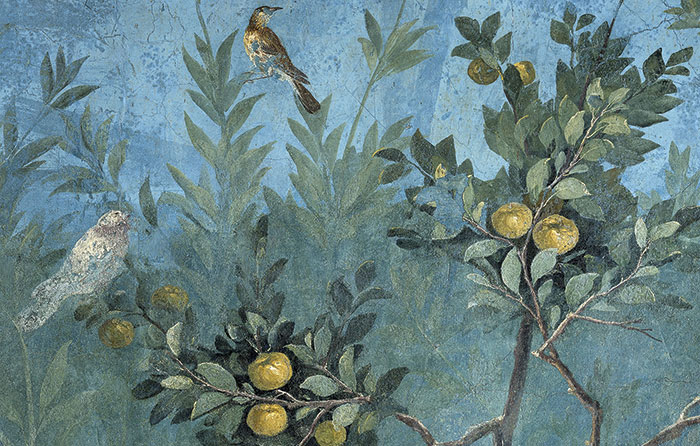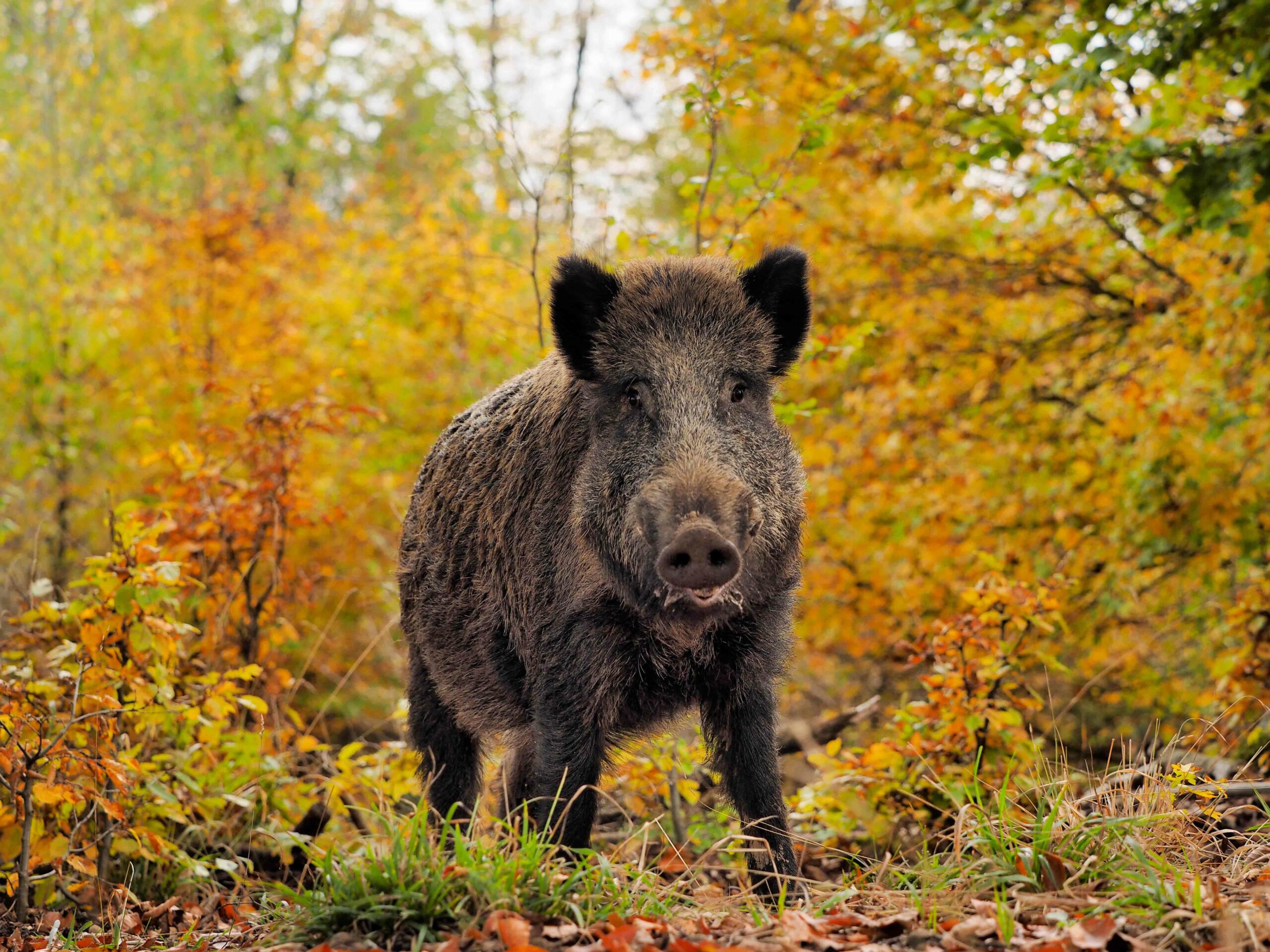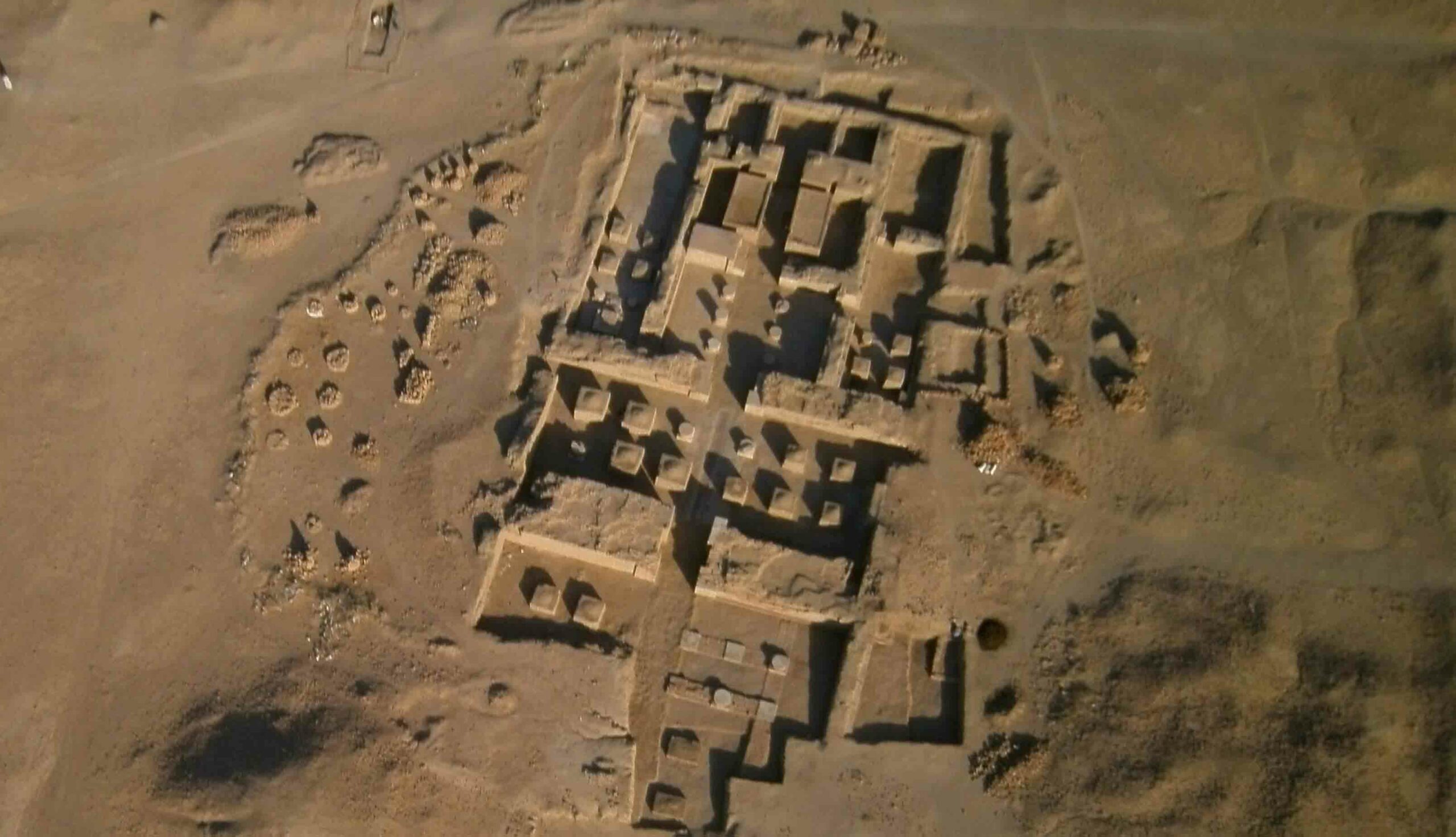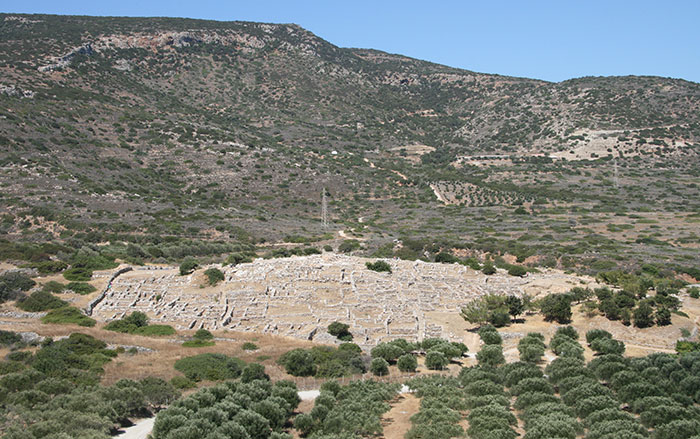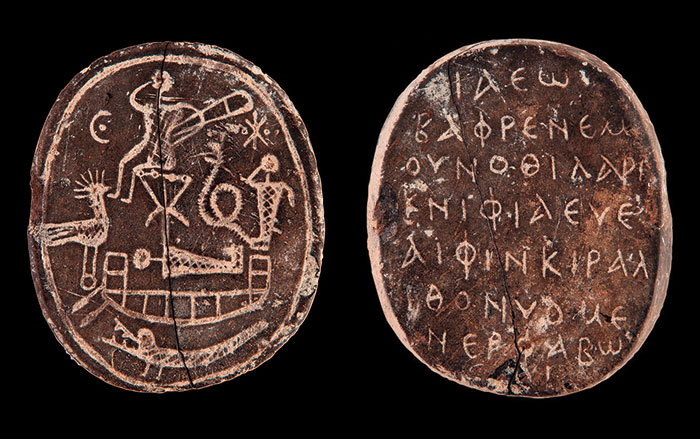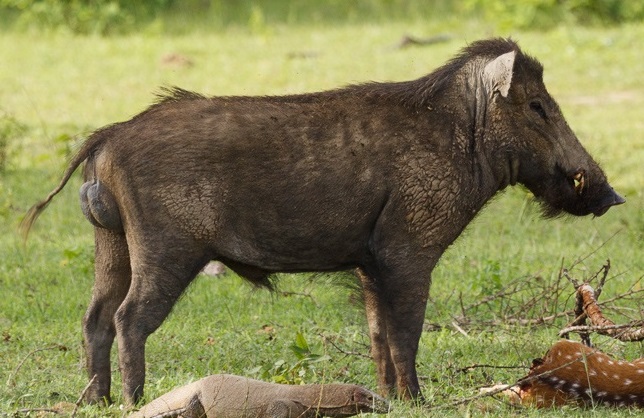
MANCHESTER, ENGLAND—A team of scientists from the University of Alaska, Fairbanks, and the University of Manchester examined DNA samples from more than 2,200 people from 43 populations around the world and found that different populations tend to have different gene sequences for OR7D4, a receptor on human smell cells that allows people to detect androstenone, a smell produced by pigs and found in boar meat. Androstenone makes the pork from uncastrated boars taste unpleasant to people who can smell it. Statistical analysis of the frequencies of the different forms of the gene in different populations suggests that it might have been subject to natural selection. Populations from Africa tend to be able to smell androstenone, suggesting that human ancestors were able to as well. Pigs were originally domesticated in Asia, where many people now have a reduced sensitivity to androstenone. The team, led by Kara Hoover of the University of Alaska, Fairbanks, also examined DNA for OR7D4 from Neanderthal and Denisovans from Siberia. Neanderthals would have been able to smell androstenone, but Denisovans had a unique mutation that changed the structure of the OR7D4 receptor. Hiroaki Matsunami of Duke University found that the Denisovan sense of smell was not changed by this mutation, however, and that these early humans would have been able to smell the compound. For more on Neanderthals and Denisovans, go to "Our Tangled Ancestry."



